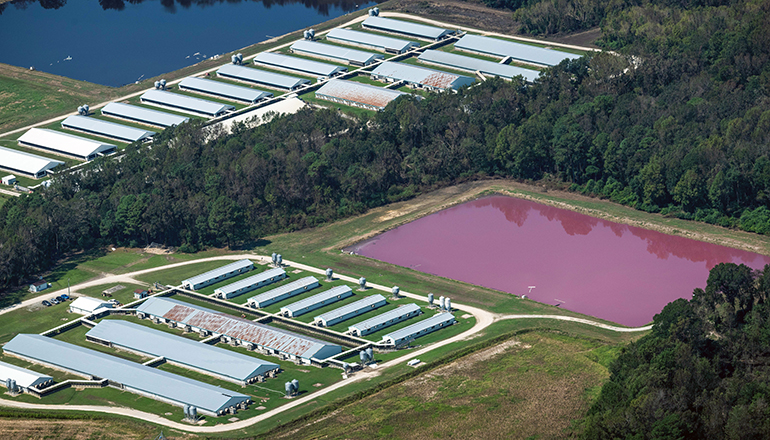Traitorfish
The Tighnahulish Kid
I'd venture that the former probably have a more accurate perspective than the latter.Reverse is probably true, too. From the most rural parts of the rural, a small town does look urban. From the most urban parts of the urban, the middle Manhattan, that same small town is country as can be.
A rural landscape is, essentially, one directly concerned with the production of raw materials, either plant or animal. A rural settlement is one populated by people engaged in that production, or directly servicing those people. Farmers, and people who's customers are mostly farmers. When a settlement's primary economic activity is directed elsewhere, it's no longer rural. The hayseed who looks at the small town and sees it as "urban" is seeing an economy based around services and manufacturing which is not orientated towards farming, and he is correctly identifying this place as something other than rural. The city-slicker who looks at the same small town and sees it as "rural" is merely falling back onto prejudices about the height of buildings and the amount of space between them, he is not seeing anything that is really there.






